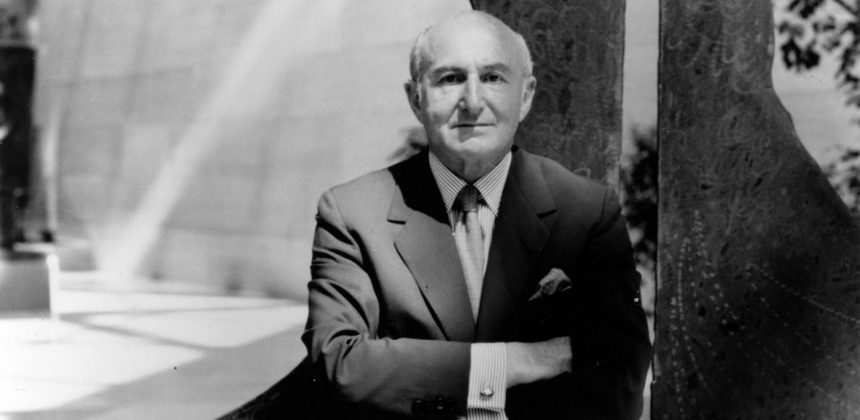History
History
Formerly the Duke University Museum of Art, the museum was founded in 1969 with the acquisition of 200 medieval works from the Ernest Brummer Collection. The museum was housed in a former science building on the East Campus until the new building opened on Duke’s central campus in 2005. The museum was renamed the Nasher Museum of Art at Duke University, in honor of the late Raymond D. Nasher, Duke alumnus, collector and benefactor.
The Nasher Museum has celebrated its first decade as a major center for the arts on Duke University’s campus and in the surrounding Research Triangle area. The museum organizes and presents leading-edge exhibitions that travel to institutions worldwide, including Southern Accent: Seeking the American South in Contemporary Art (2016-17), Archibald Motley: Jazz Age Modernist (2014), Wangechi Mutu: A Fantastic Journey (2013), The Vorticists: Rebel Artists in London and New York, 1914-1918 (2010) and Barkley L. Hendricks: Birth of the Cool (2008). The traveling exhibition El Greco to Velázquez: Art during the Reign of Philip III was named one of Time magazine’s top 10 shows of 2008. The strengths of the museum’s permanent collection are Medieval art, art of the Americas (largely pre-Columbian), Classical Antiquities and modern and contemporary art.
The museum’s contemporary collection features a growing list of artists, including Hank Willis Thomas, Jeffrey Gibson, Carrie Mae Weems, Ebony G. Patterson, Nick Cave, Barkley L. Hendricks, Christian Marclay, Wangechi Mutu, Ai Weiwei, Fred Wilson and Lynette Yiadom-Boakye.
More than 1 million people have visited the museum since it opened in 2005.
A Decade of the Nasher Museum

The first book of the Nasher Museum’s history, Nasher10, was published on the occasion of the museum’s tenth anniversary. This 200-page keepsake publication celebrates the museum’s collections, exhibitions, educational innovations and community involvement over the past decade while looking forward to future decades. Through more than 400 beautiful photographs, a richly illustrated timeline and lively storytelling, the pages of Nasher10 present the Nasher Museum as a major arts center that contributes to the cultural fabric of Durham and the Research Triangle region while also taking a meaningful role in the international art conversation.
The book chronicles the history of the museum, starting with its quiet beginnings in 1969 in a former classroom building on Duke’s East Campus as the Duke University Museum of Art. A decades-long effort by benefactor Raymond D. Nasher and others resulted in the building of a new art museum worthy of Duke’s superior rank among the nation’s universities. Another important story in Nasher10 is the museum’s special collection emphasis on work by artists of African descent and global, emerging artists of color. This curatorial focus is ideal for a museum located in Durham, historically a capital of entrepreneurship and innovation for the African American community.
Ask at the front desk for your copy of the award-winning Nasher10 book that details the history first 10 years of the Nasher Museum or for more information on the book contact Wendy Hower, director of engagement and marketing, at wendy.hower@duke.edu.
Raymond D. Nasher: Namesake and Founder
Raymond D. Nasher’s vision for a new art museum can be traced to 1943, his senior year at Duke. He took stock of the cultural offerings on campus and saw room for improvement. “Our university should enfold culture of every...
Published
The Making of a Museum
Raymond D. Nasher eventually convinced Duke that the site at Duke University Road and Anderson Street was perfect for a new art museum, because of its central location, easy access to the intersection of two public streets...
Published


